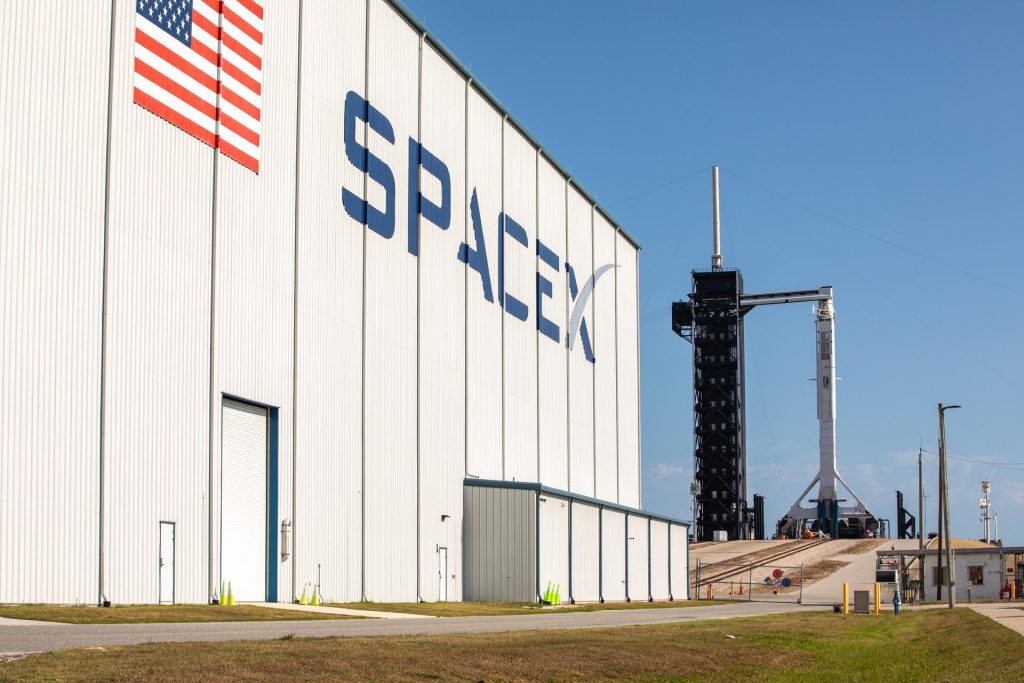
Anticipation continues to build at NASA’s Kennedy Space Center in Florida just one day before the scheduled launch of the agency’s SpaceX Demo-2 mission. A SpaceX Falcon 9 rocket and Crew Dragon spacecraft will carry two American NASA astronauts, Robert Behnken and Douglas Hurley, to the International Space Station for the agency’s Commercial Crew Program. Liftoff from Kennedy’s historic Launch Complex 39A is targeted for Wednesday, May 27, at 4:33 p.m. EDT — an instantaneous launch window.
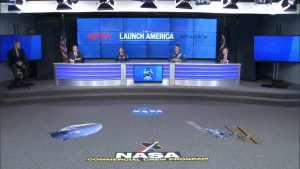
“I don’t have to tell you all how exciting it is to have the first flight of humans to space from the Kennedy Space Center in nine years,” Kennedy Space Center Director Bob Cabana said during a briefing Tuesday, adding that the launch pad’s history only adds to the significance of NASA’s SpaceX Demo-2 launch. “Now, rather than rusting away in the salt air, through our partnership with SpaceX, that pad is being used once again, and it’s now for our Commercial Crew Program as well as other missions for SpaceX, and I think that’s absolutely outstanding.”
NASA Administrator Jim Bridenstine recognized the years of hard work required to prepare for this mission, including at the Florida spaceport.
“It’s been nine years since we’ve had this opportunity,” Bridenstine said. “And Bob Cabana, we want to thank you for all the great work you’ve done getting us up to this point, getting the Kennedy Space Center ready. Everything is looking good. As of right now, we are ‘go’ for launch.”
At the launch complex, SpaceX teams continue to prepare for liftoff. Prior to tomorrow’s targeted launch, SpaceX is bringing the rocket horizontal to perform additional preflight checkouts of Falcon 9, Crew Dragon, and the ground support system, including an inspection of the ground-side chilled water radiator feed that keeps Crew Dragon cool before launch. These checkouts do not impact the flight system or targeted launch date, and the vehicle is scheduled to return to vertical later tonight.
The U.S. Air Force 45th Weather Squadron now predicts a 60% chance of favorable weather conditions for NASA’s SpaceX Demo-2 launch — a change from the previous days’ projections, which called for a 40% chance of “go” conditions. The primary weather concerns for launch are flight through precipitation, anvil and cumulus clouds.
“We are so proud and happy for Doug and Bob. It feels kind of like one of your close family members having a great lifetime achievement — and really, that’s what it is,” said astronaut Nicole Mann, herself a member of the NASA astronaut team slated to fly on a future Commercial Crew Program launch on Boeing’s Starliner spacecraft. “I can speak for the astronaut office — that’s how we all feel, so proud for everything that they’ve accomplished with the NASA and SpaceX team to get ready for this launch.”
This will be SpaceX’s final test flight for NASA’s Commercial Crew Program and will provide critical data on the performance of the Falcon 9 rocket, Crew Dragon spacecraft, and ground systems, as well as in-orbit, docking, and landing operations.
While docked to the space station, Behnken and Hurley will join the Expedition 63 crew already on board the orbiting laboratory: astronaut Chris Cassidy and cosmonauts Anatoly Ivanishin and Ivan Vagner.
“That’s at the core of what we’re doing here today, to continue the incredible legacy of work that we’ve done on the International Space Station,” said NASA astronaut Kjell Lindgren, who flew to the station in 2015 aboard a Roscosmos Soyuz spacecraft as part of the Expedition 44/45 crew. “We’ve had humans living and working on that orbital outpost for almost 20 years, conducting science and research to extend our presence in the solar system and to improve life back here on Earth. This launch represents an extension of that capability.”
Bridenstine acknowledged the impact of the coronavirus pandemic on the nation, even its influence on the briefing itself, as he and other briefers sat several feet apart, speaking to cameras in an auditorium empty of press.
“We would love to have this room full. We would love to have reporters; we’d love to have it filled with space enthusiasts,” he said. “Our country has been through a lot. But this is a unique moment when all of America can take a moment and look at our country do something stunning again, and that is to launch American astronauts on an American rocket from American soil to the space station.”
NASA and SpaceX will provide live coverage of the launch activities beginning Wednesday, May 27, at 12:15 p.m., leading up to liftoff and through arrival at the space station at 11:39 a.m. on Thursday, May 28.

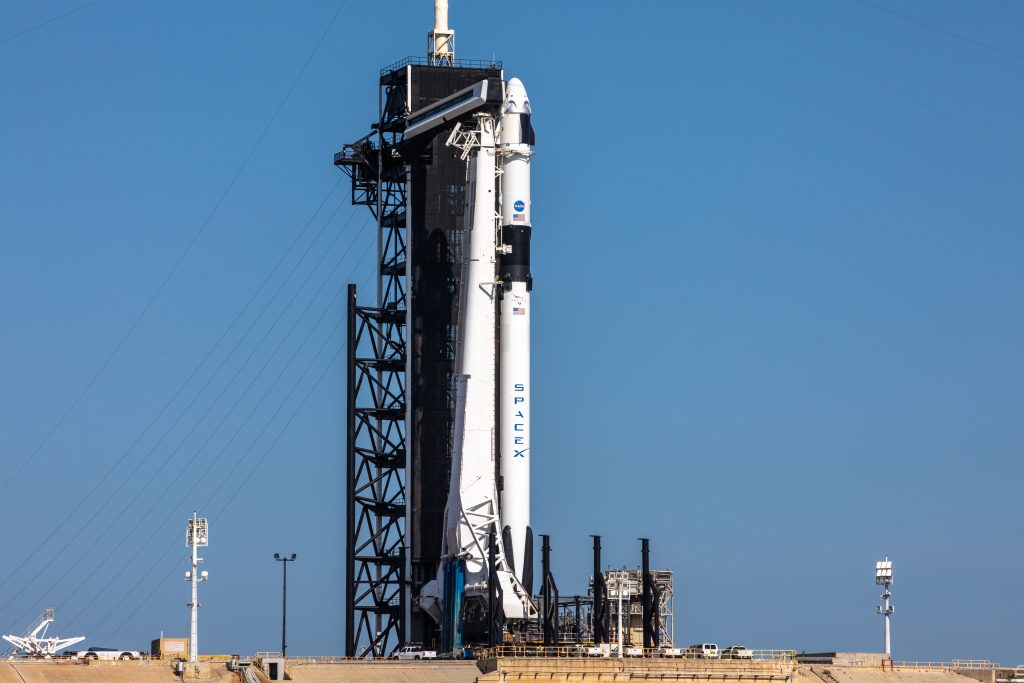
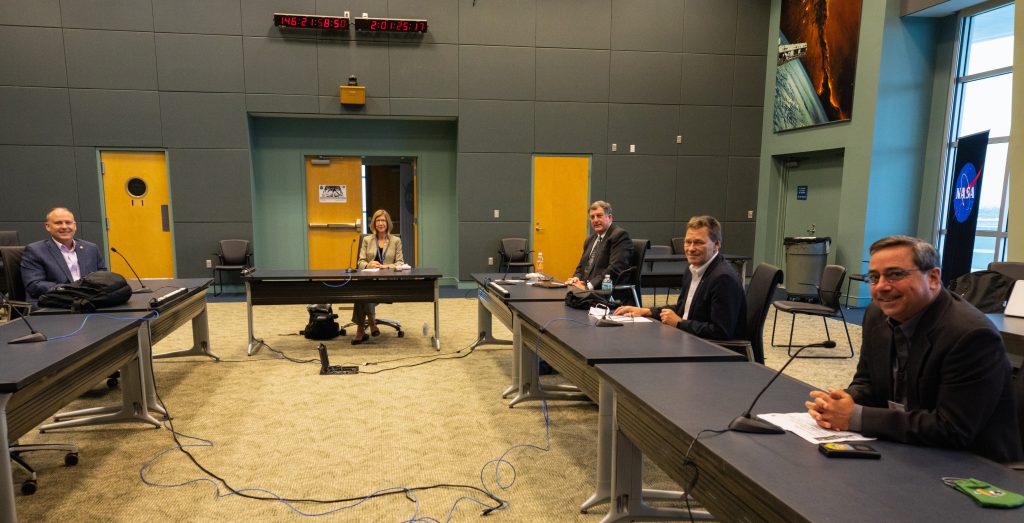
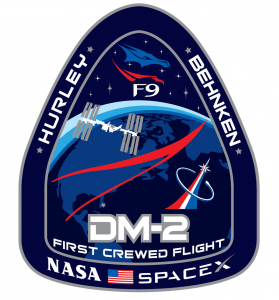 teleconference will be streamed at
teleconference will be streamed at